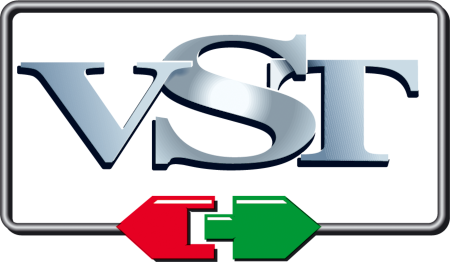
Before you start a new VST Plugin design, you must understand the following technology.
- What is VST PluginKontakt Start Top VST plugin?
- What is a Host?
- What is MIDI?
- What is DSP?
You can choose any recommended language by an expert to write a VST plugin. Check the Programming languages link section for your reference. A good understanding of the above-mentioned programming language, Object-Oriented programming, and of course DSP (Digital signal processing) techniques skills definitely help to implement
new plugin ideas.
The VST plugin provides a framework for the implementation of software audio effects and synthesizers that are executable from within a compatible VST host application. VST is an acronym; it stands for Virtual Studio Technology and was developed by Steinberg as a standard for the development of real-time effect plug-ins for their audio software. They are generally three types of VST plugin you can design.
- VST Instruments
- VST Effects
- VST Midi Effects
VST instruments generate audio. They are generally either virtual synthesizers or samplers. One of the first VST instruments was the Neon VSTi, which was included in Steinberg’s Cubase.
Example of Neon VSTi –

Host is a software application or hardware device that allows VST plugins to be loaded and controlled. The host application is responsible for handling the routing of digital audio and MIDI to and from the VST plugins.
MIDI (short for Musical Instrument Digital Interface) is a music industry standard communications protocol that lets MIDI instruments and sequencers (or computers running sequencer software) talk to each other to play and record music. More and more of the music you hear every day is written with and played by MIDI sequencers.
DSP is the representation of a signal by a sequence of numbers. The numbers can then be manipulated or changed by a computing process to change or extract information from the original signal.








